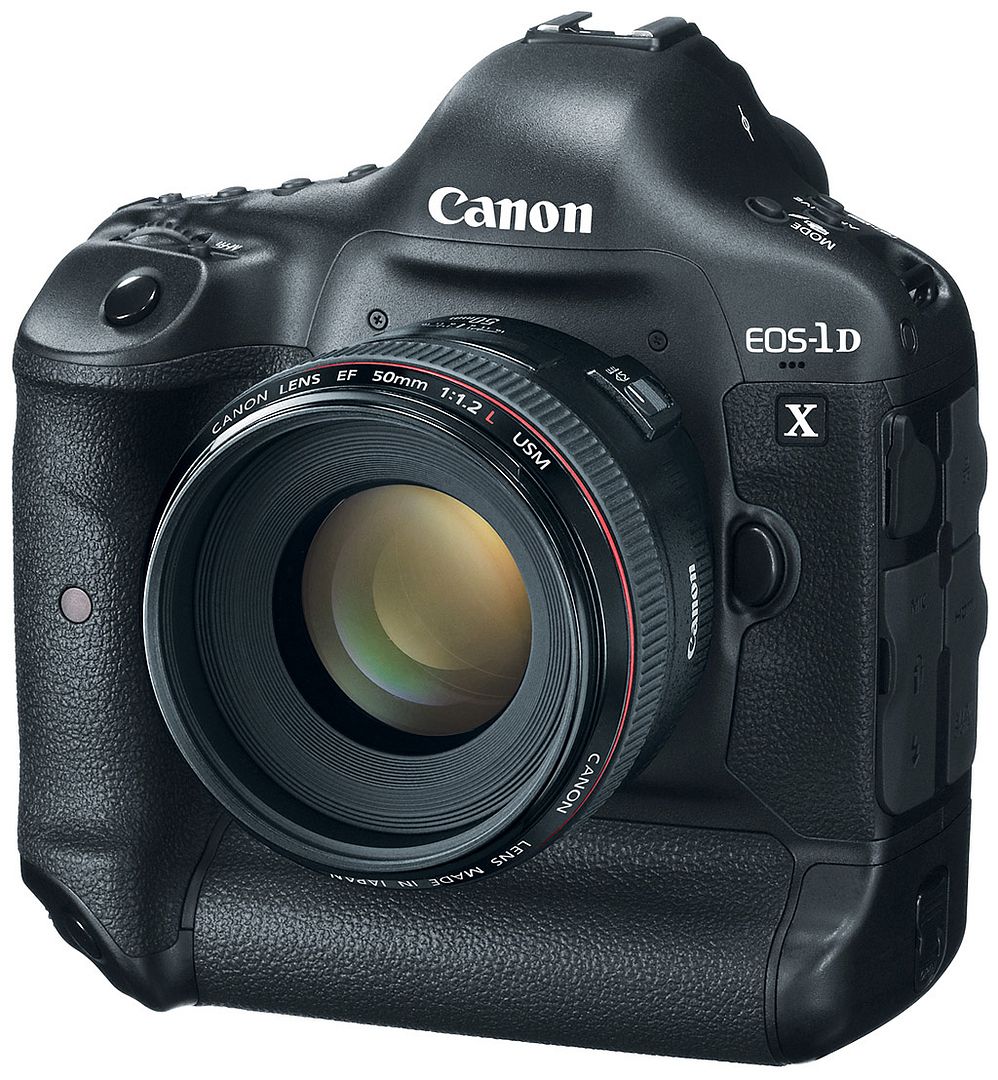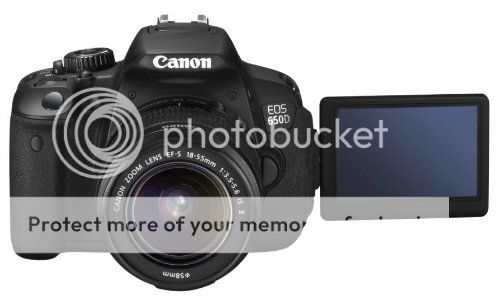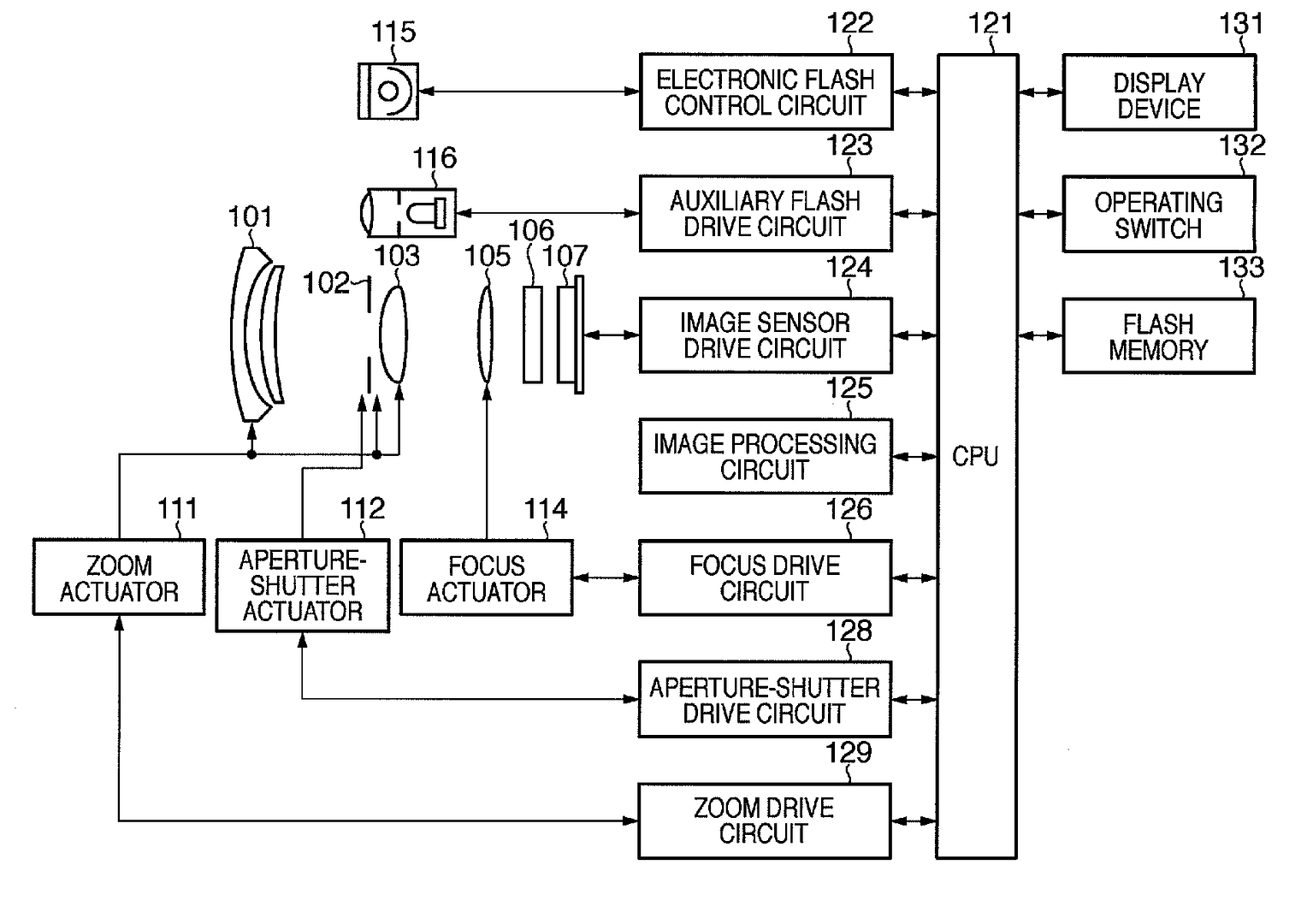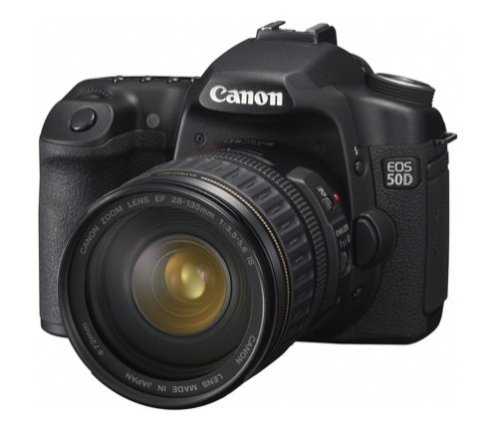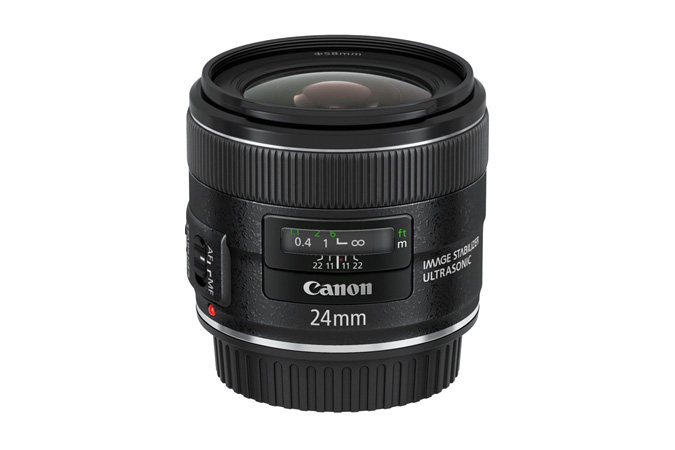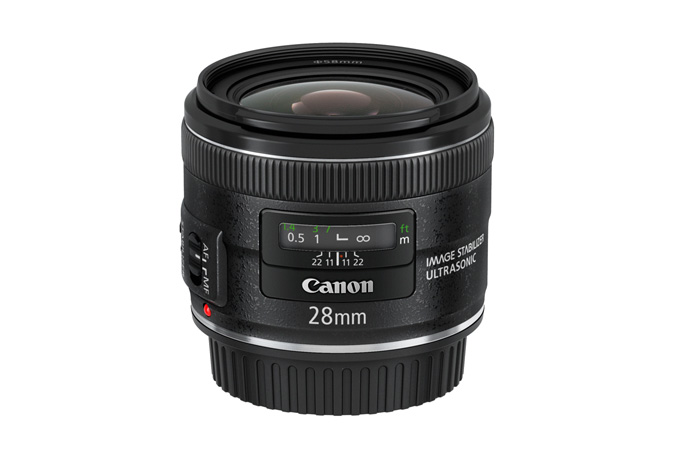[Review] EOS 1D-X: Best DSLR Ever Made (According To Scott Bourne)
While still being on backorder everywhere, Canon’s new flagship, the full frameEOS-1D X ($6,799), is already getting enthusiastic reviews. Scott Bourne raves about this camera (emphasis mine):
This is without a doubt the most impressive camera I’ve seen since I went digital. There: You have the executive summary. The Canon 1D X is a certified monster of a camera. It’s the biggest, the fastest, and if you’ll permit me to create a word that is illegal in Scrabble, the bestest 35mm DSLR I’ve ever seen or used.
The EOS 1D-X features the same AF system as the EOS 5D Mark III, with just ome difference: the 1D-X has a dedicated CPU for this task. On the EOS 1D-X…
The autofocus is the best you can buy in this format. I’ve tested and used the 5D Mark III, so I was already familiar with Canon’s excellent new 61-point autofocus system. But on the Canon 1DX the autofocus gets a boost with its own dedicated DIGIC processor. This makes the AF even faster and more accurate than the 5D Mark III’s AF — and that is no small accomplishment.
I suggest you have a look at the original article. For the time being the EOS 1D-X can be pre-ordered for $6,799.00 at Adorama (click here), B&H (click here), Amazon US (click here) and DigitalRev (click here). Canon 1D-X features:
- Newly designed 18.1 Megapixel full-frame CMOS sensor, 14-bit A/D conversion, wide range ISO setting 100-51,200 (L:50, H1: 102400, H2: 204800) for shooting from bright to dim light and next generation Dual DIGIC 5+ Image Processors for enhanced noise reduction and blazing processing speed
- New 61-Point High Density Reticular AF including 41 cross-type AF points with f/4.0 lens support including 5 dual diagonal AF points (sensitive to f/2.8), plus EOS iTR (Intelligent Tracking and Recognition) AF for accurate subject tracking
- EOS iSA (Intelligent Subject Analysis) powered by Canon’s DIGIC 4 Image Processor, featuring a 100,000-pixel RGB Metering Sensor with subject and color recognition for reliable AE
- EOS HD Video with manual exposure control and multiple frame rates (1080: 30p (29.97) /24p (23.976) / 25p, 720: 60p (59.94) / 50p, 480: 60p (59.94) / 50p) with 4GB automatic file partitioning (continuous recording time 29 minutes 59 seconds) with selectable “All i-frame” or IPB compression
- Outstanding shooting performance: up to 12.0 fps continuous shooting (14.0 fps in Super High Speed Mode) using a UDMA CF card
- Magnesium alloy body with shutter durability tested up to 400,000 cycles, exclusive dust-and-weather resistance and new Ultrasonic Wave Motion Cleaning (UWMC) for improved vibration-based dust removal
- Intelligent Viewfinder with superimposed LCD display, approximately 100% field of view, wide viewing angle of 35 degrees and 0.76x magnification
- 3.2-inch Clear View II LCD monitor, 170 degree viewing angle, 1,040,000-dot VGA, reflection resistance with multi coating and high-transparency materials for bright and clear viewing
- Improved handling with the addition of new customizable controls and enhanced recording options with Dual Card Slots, Gigabit-Ethernet terminal and compatibility with optional Canon Wireless File Transmitter and GPS Receiver
[via IR]

